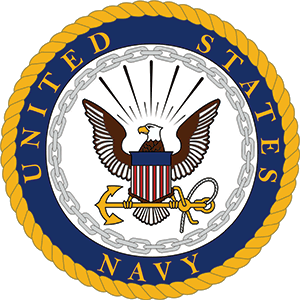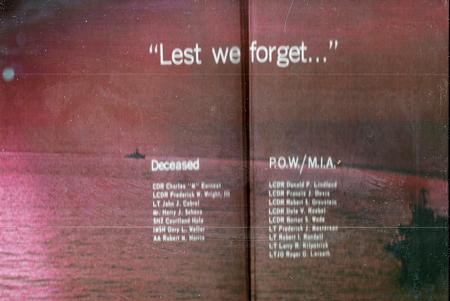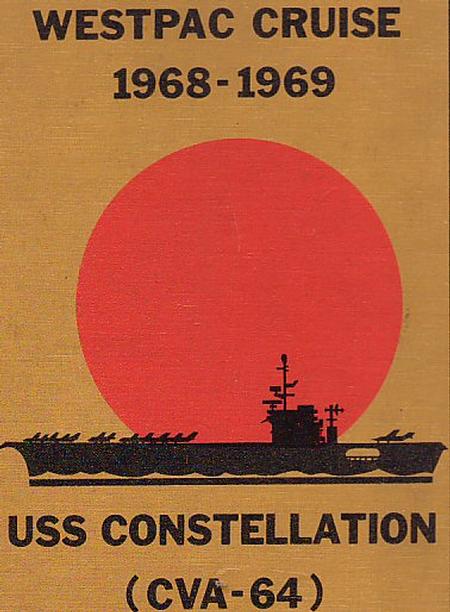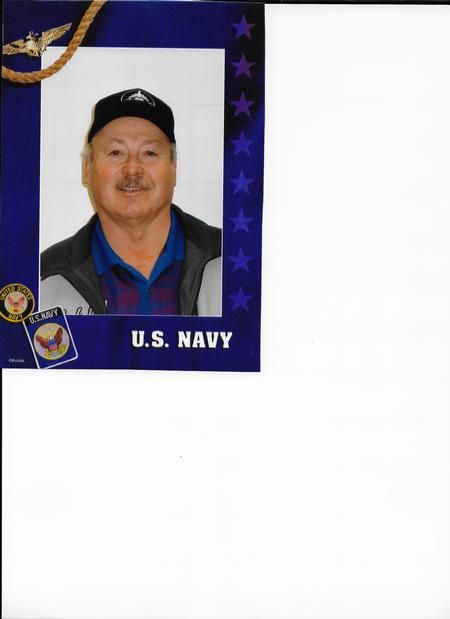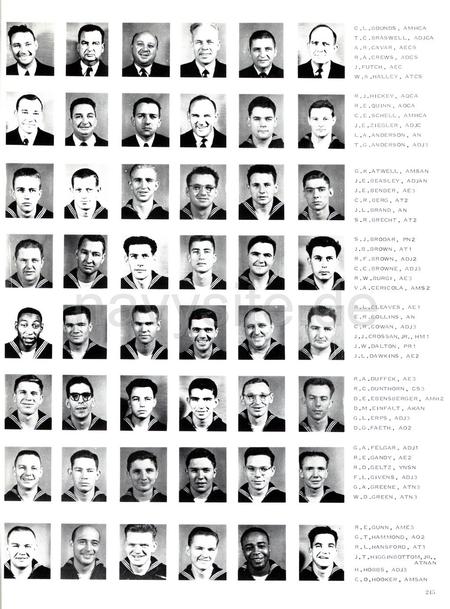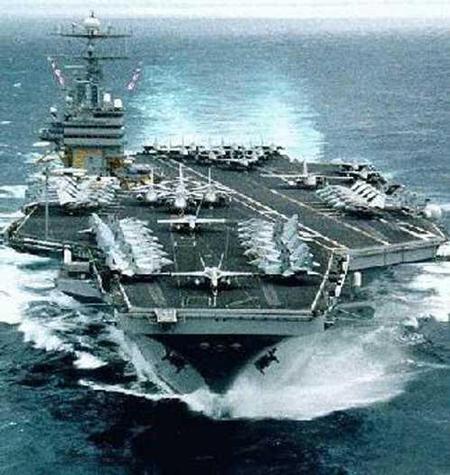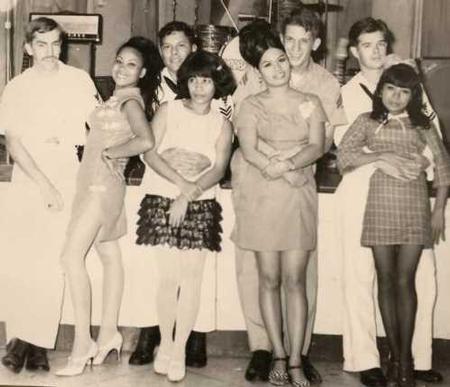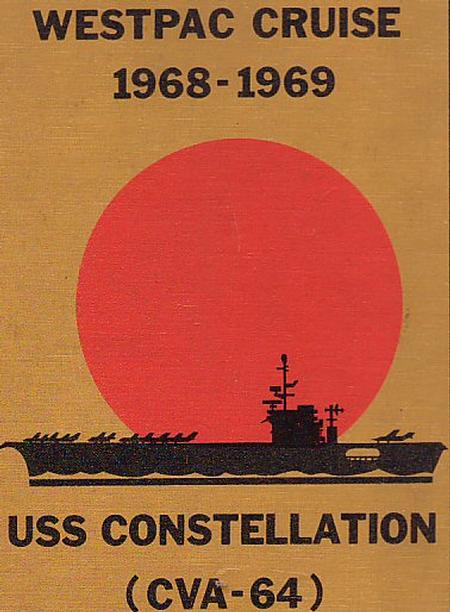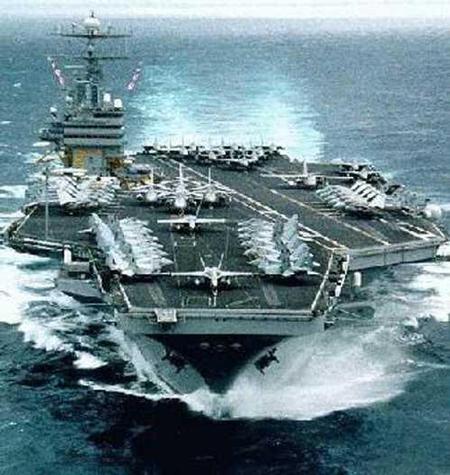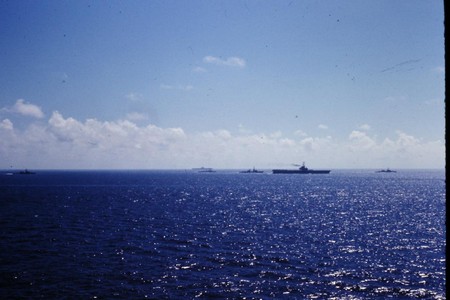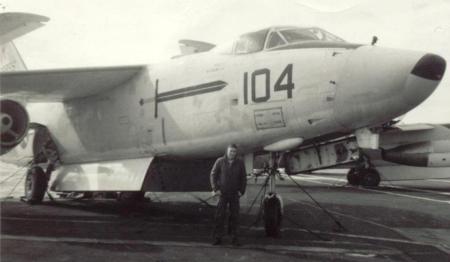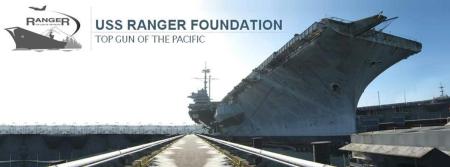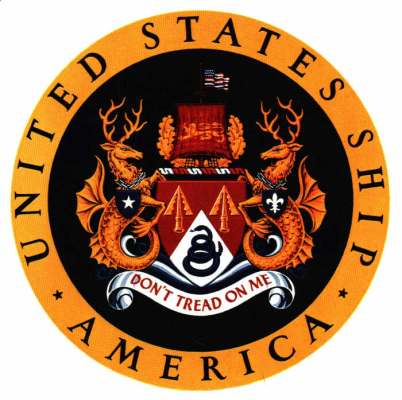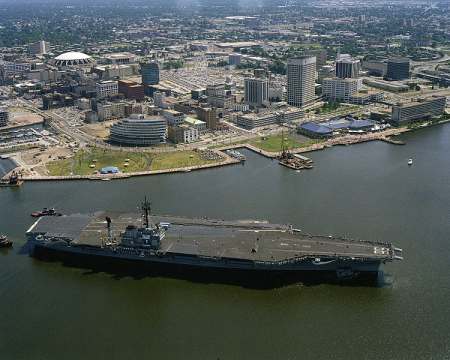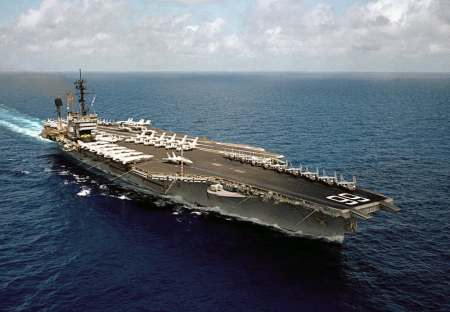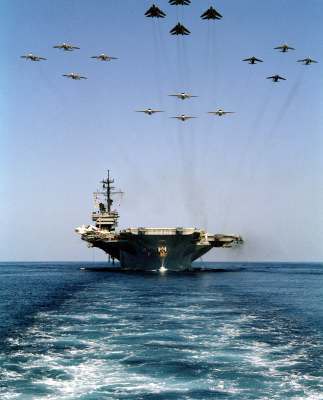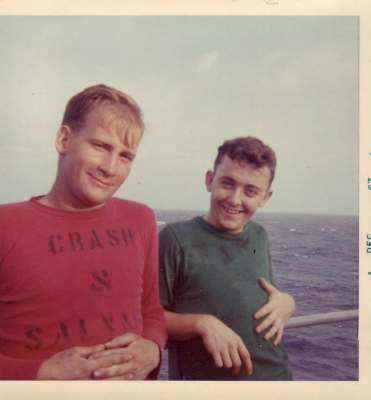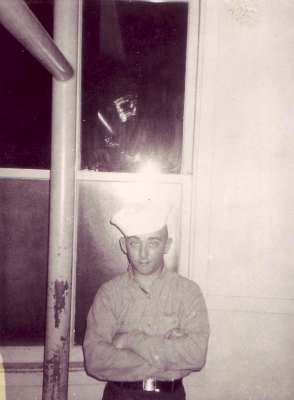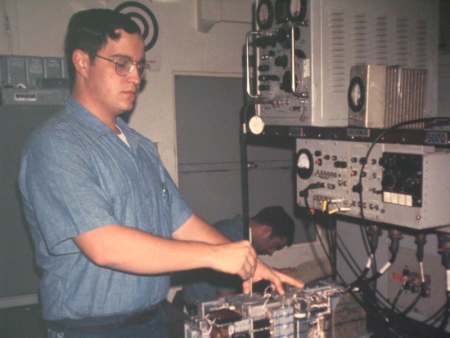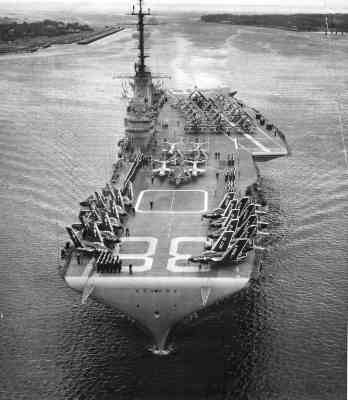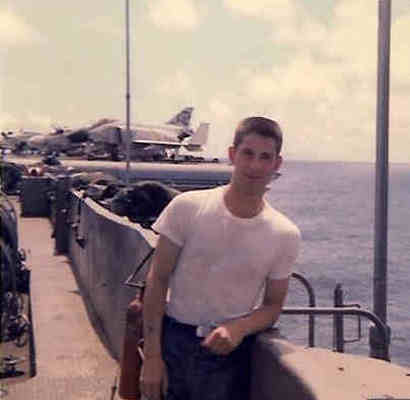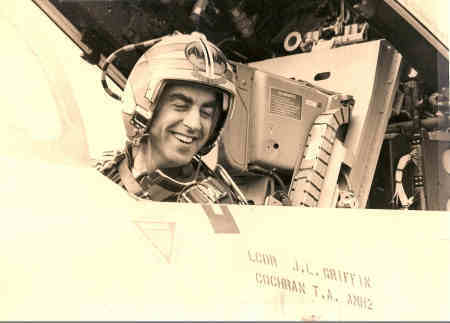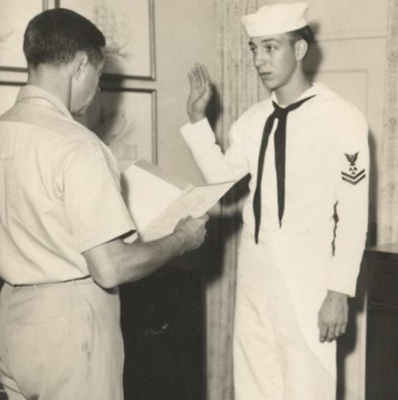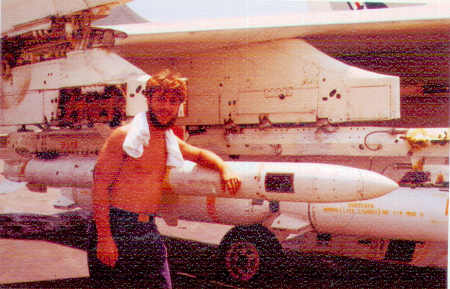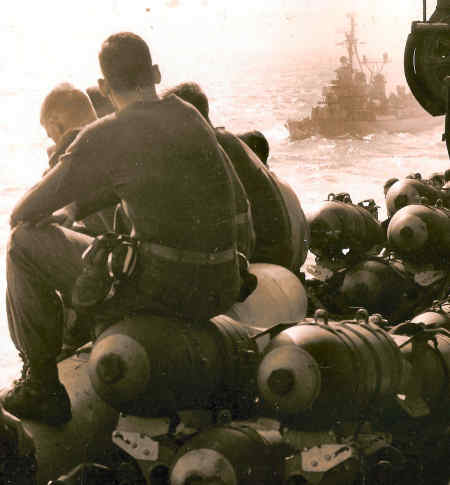ABOUT VA-64
- Establishment: VA-64, also known as “Black Lancers,” was established on July 1, 1961, as an attack squadron in the United States Navy.
- Primary Aircraft: The squadron primarily flew the A-4 Skyhawk, a lightweight attack aircraft known for its agility and versatility in combat roles.
- Cuban Missile Crisis: VA-64 was deployed aboard USS Enterprise (CVAN-65) during the 1962 Cuban Missile Crisis, providing a critical strike capability during the tense standoff with the Soviet Union.
- First Deployment: The squadron's first Mediterranean deployment was in August 1961 on USS Independence, marking its operational debut in a key region during the Cold War.
- Nickname Origin: The “Black Lancers” nickname and insignia symbolized strength and striking power, with a black knight’s lance featured prominently.
- Multinational Exercises: VA-64 participated in numerous NATO exercises in the Mediterranean, strengthening alliances and demonstrating U.S. naval air power.
- Multiple Carriers: The squadron operated from several aircraft carriers, including USS Independence, USS Enterprise, and USS Shangri-La, showcasing its flexibility and readiness.
- Aircraft Transition: Although initially equipped with the A4D-2 (later A-4B) Skyhawk, the squadron later upgraded to the A-4C model, improving its operational capabilities.
- Support for Space Missions: VA-64 provided aerial support for the recovery operations of the early Gemini and Mercury space missions, underscoring the squadron’s diverse mission set.
- Disestablishment: The squadron was disestablished on September 7, 1970, after nearly a decade of service, leaving a legacy of Cold War readiness and operational excellence.

